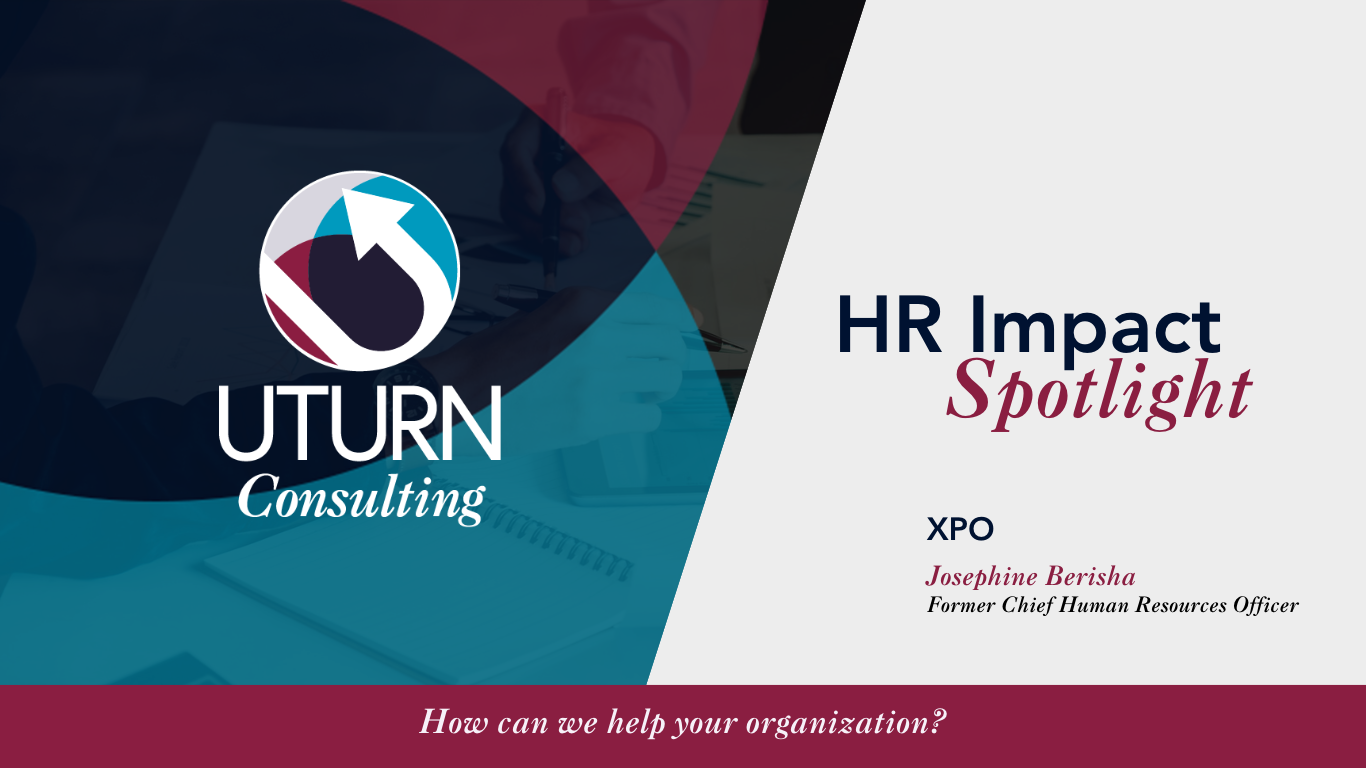Serving on a board of directors for a nonprofit entity, becoming a new member of a professional organization, speaking at a conference, or being part of a networking group: they’re are all incredible ways to meet people, forge new connections, develop partnerships, and use your insights and expertise to make a difference for others.
On the other hand, these opportunities can be difficult to evaluate. As leaders, we often get asked to engage in different activities or join various groups to share our perspectives. These opportunities are essential to us both personally and professionally, but how do we truly evaluate them so that we know the time and head space we’re putting into them aligns with who we are, what we value, and how we can best help?
Having been approached with many of these opportunities over the years, I’ve come up with a quick way to assess whether or not they’re right for me—the “3 P’s” of Passion, Purpose, and People.
Align your opportunities with your passion
Our passion is what motivates us. It’s what shapes who we are, what we do, and who we connect with. That restless excitement that you feel when you think about something you want to create, or a goal you want to reach? That’s the physical embodiment of your passion—and it can be harnessed when assessing opportunities that are a fit for you.
Here are three questions you can ask yourself to pinpoint your passion:
- Are you considering this opportunity because you truly love the work, or because you feel an obligation? This is a tough but necessary question. Don’t be afraid to dig deep—beyond what you do professionally—and start to identify causes or industries that you’ve always had a passion for, even if you’ve never been involved with them in an official capacity.
- If money wasn’t an object, how would you spend your time? Do you want to educate others? Spend more time creating change in your community. Help others realize their dreams? Allowing yourself to think about what you’d do independent of your career obligations is a way to better understand what you want to do more of in your life.
- Is there something you loved to do as a child that you want to get back to? Often, many of the passions we developed as children get sidetracked because of societal pressures or the “need to grow up.” Tapping into that inner child might help you determine whether there’s a way to get back to that thing you loved through nonprofit work or volunteering.
Get to the core of your purpose
Your purpose is your personal mission statement—it’s the mark you want to make on the world. Here are a few examples of what purpose could look like, depending on the individual:
- Making a positive impact on others through mentorship
- Helping people experiencing hardship or poverty
- Caring and nurturing your family
- Living a life that’s open to change and new experiences
When you have an idea of your purpose, it’s easier to measure whether all the aspects of your current life — career, personal life, volunteerism, passion projects, and more—reflect your overall values. To look through opportunities through the lens of your purpose, ask yourself these questions:
- What are those moments in which you’ve looked around and said, “This could be so much better?” So many leaders who have “changed the world” did exactly that. That may have not been their goal at the outset—they might have simply wanted to improve the things around them, and it led to something bigger.
- Is your purpose different than it was at the beginning of your career? Your purpose is something that’s forever changing right along with you. Assessing whether the goal
you had then is the same goal you had now—and shifting accordingly—is a constant.
Consider the people you want to connect with and impact
When I’m evaluating external networking and professional opportunities, I also look at my options through the lens of people—specifically, what I can offer others and what I’m looking for in new connections. Our individual success depends on the people we partner with.
Here are four questions you should consider asking yourself to make sure you’re connecting with the right people:
- What are you lacking in your current network? If you’re looking for a diversity of perspectives, or those who work in a particular type of industry, make a note of that and take the steps to narrow that gap.
- What are you wanting to learn, or what skills are you hoping to develop? Asking this question will help you focus on what kind of groups or opportunities to look for.
- Who are you looking to help or impact? This is especially important if you’re weighing a decision to serve on a board of directors. You want to ensure the organization you join is one where you can have the greatest impact.
- Are you looking to connect in a professional or personal capacity? Are you looking to build relationships that may result in business partnerships? Are you looking to bond with a group of like-minded leaders? Understanding the purpose of your connections will help you move toward your goals in a more intentional way.
Know you have the power to say “no” or “not right now”
Everyone struggles with saying “no” at one time or another—and we as leaders are no different. When opportunities come your way, it can be tempting to agree to serve on a board or be part of a networking group because it’s something you “should do.” However, “great opportunities” are relative— they’ll look different depending on your goals, what you enjoy doing, and where you are in your journey.
This is where the “3 P’s” framework will come in handy. As new opportunities to engage, lead, and serve emerge, the questions above will be helpful as you determine the actions and work that closely aligns with who you are as a leader.





